Today, we look back at one of the most controversial Superman comic books, September 1970’s “I Am Curious (Black)” as part of DC Comics’ Superman’s Girl Friend, Lois Lane run.
The Superman’s Girl Friend, Lois Lane #106 Story
In Lois Lane #106 (by Robert Kanigher, Werner Roth and Vince Colletta), the famous reporter travels to Metropolis’ “Little Africa” to interview some of the residents for a story she’s keen on writing. She is ecstatic about her report and boasts that she “should win the Pulitzer Prize for capturing the ‘nitty-gritty.'”
She hires a cab and is dropped off in the ghetto, fully expecting to gather all of the information she needs to write her piece, but to her astonishment, no one wants to talk to a white woman. Adults and children alike turn their backs on her and slam their doors in her face. The only person who speaks to her is an elderly blind lady unconcerned by her skin tone.
Lois Lane feels defeated when she hears a black man, Dave Stevens, denounce white people for continuing to discriminate against black people. “Never forget, she’s whitey!” he adds. “She will allow us to polish her shoes and clean her floors… but refuses to admit us to her lily-white schools!”
This bothers her since she doesn’t see herself as a threat and believes she’s only trying to help. I can see why Robert Kanigher, the author, believed this was a good idea; he wanted to use Lois to demonstrate how white people might comprehend racism. I understand, but being ignored for a few hours differs from being treated as a second-class citizen your entire life!
So, while it is an excellent attempt, it doesn’t quite hit the nail on the head.
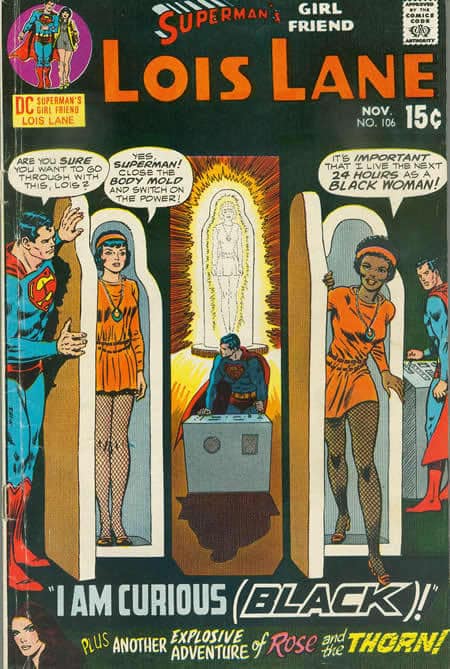
Superman swoops down to locate Lois in the park and transports her to his Fortress of Solitude, where she inserts her body into the “Plastimold” machine. Lois suddenly emerges from the machine many shades darker, her straight raven-coloured hair having been changed into a curly brown afro. That’s right, Kryptonian-powered blackface!
Of course, Lois Lane ditches her office skirt and jacket in favour of an African-inspired ensemble. She calls a cab for the second time, but this time, it zooms straight by her! “The colour of my money isn’t good enough,” she adds. “I’ve had my first lesson on the significance of being black!”
Lois Lane encounters Dave Stevens again, who now interacts with her because she is black. They hear a commotion coming from an alleyway and discover a gang of white thugs selling narcotics to black youngsters. Dave slams them for peddling their “poison” to his other brothers. A brawl breaks out, and a gunshot hits Dave, sending him to the hospital.
He’s lost so much blood that he needs a transfusion, and Lois volunteers to donate her blood. He is only alive because of her. The White Savior Complex trope gives birth to the mistaken assumption that, despite black people’s shown toughness and perseverance, they still require a white person to play the role of saviour at the end of the day.
Lois eventually returns to her white self when Plastimold’s effects wear off. She’s afraid of seeing Dave, as he might not wish to speak to her as a white woman. Superman encourages her, and Dave is happy to see her and offers a thankful handshake for her help with the blood donation. End.
This comic might have had some good intentions, but its approach, lack of awareness, or possible references from black authors on the best way to tell this story made it a surface-level attempt at tackling a bigger issue. Still, it’s an appreciated attempt and something that wasn’t the biggest trend in the 1970s.
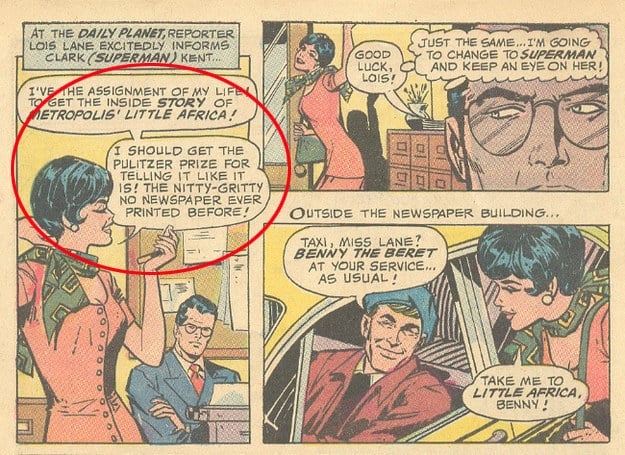
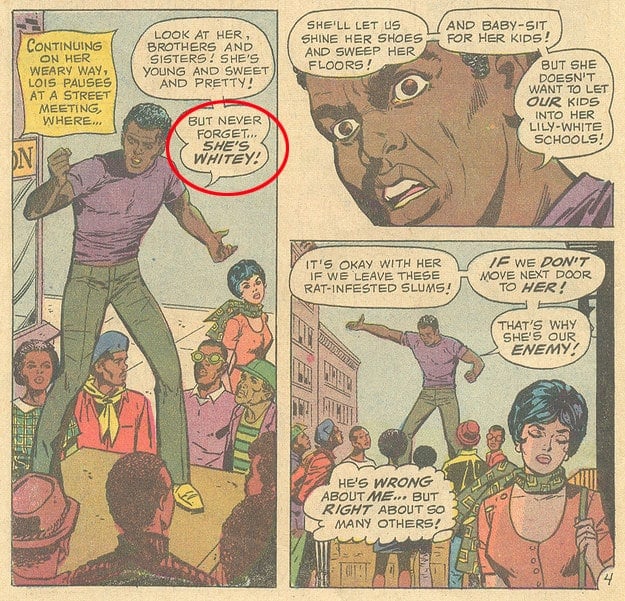
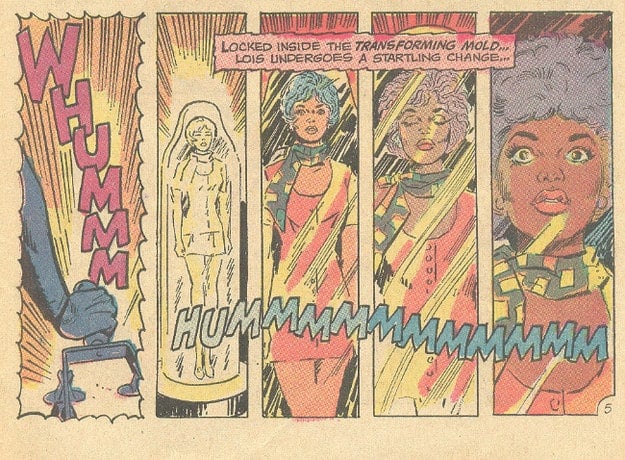
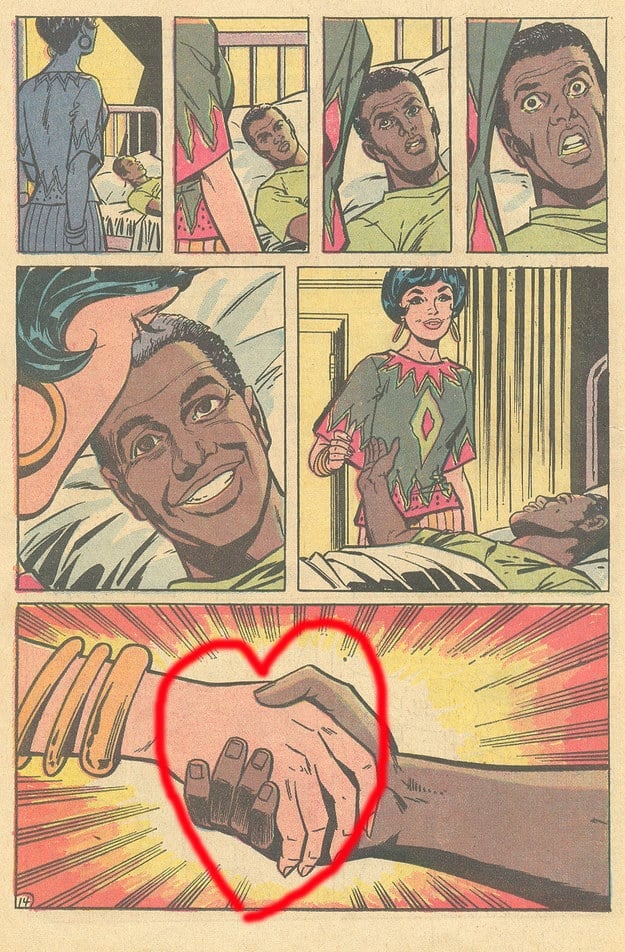
What Is The Message Of I Am Curious (Black)?
Racism is bad, but everyone knows that deep down. The real message should be what we do about it and how we will change. Sadly, this comic only highlights the issues of the time. There’s little to no solution here unless we start to think of these things differently.
One of the problems that has always existed in the creative space is that people have tried to tell stories about people they can’t relate to or connect with. Does that mean only black people have a right to tell stories about black people or do white people tell stories about white people? No, that’s not the point. That would be like saying only superheroes should write about superheroes, which we know can’t happen because so much of what we enjoy comes from the imagination.
Creativity births worlds that never existed and allows us to escape or aspire to better, more beautiful things. Research is a huge part of the creative journey, or at least it should be. Beyond research, though, there should be collaboration. Let’s move beyond narratives where the burden of dismantling racism falls on a white character like it did with our black Lois.
Are Comics A Solution To Racism?
While this might sound airy fairy to some, it’d be great to have a future where seasoned comic writers act as mentors, collaborating with up-and-coming black creators. Together, they could craft interesting stories that explore the complexities of race with a lot of nuance and authenticity. These comics wouldn’t shy away from difficult topics but also celebrate what’s good about everyone – including black people. By having these kinds of collaborations, we could have an industry that creates comics that not only entertain but also spark meaningful conversations at the same time.
It’s 2024, and Warner Bros. plans to release a “black” Superman movie set in an alternate universe. It’s been over 50 years since that 36-page comic, and not much has changed. If you look at the reaction to the news and the fact that a black actor will be playing Superman in a live-action film, we still have a long way to go.

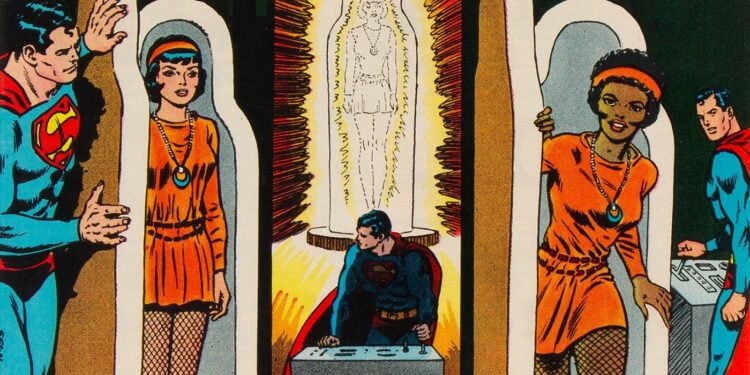
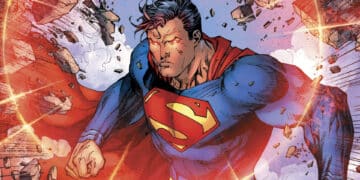
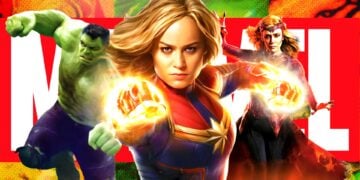
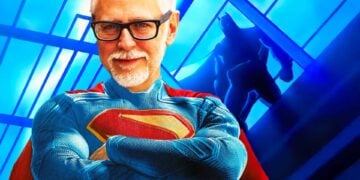
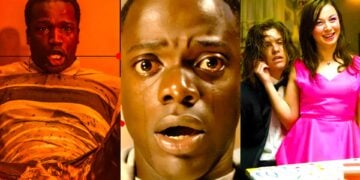
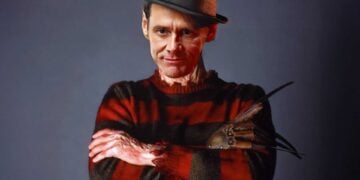


Discussion about this post